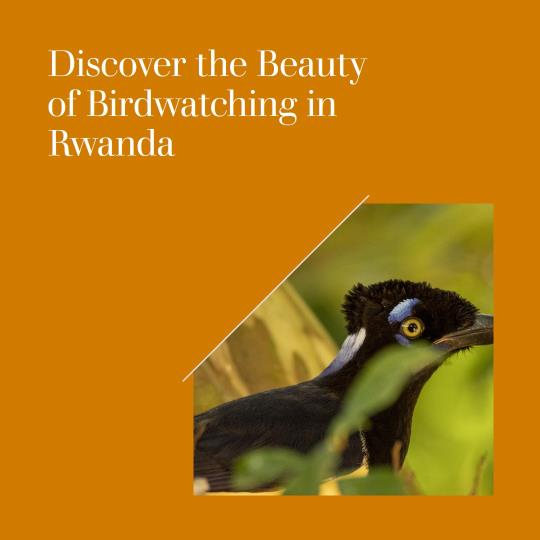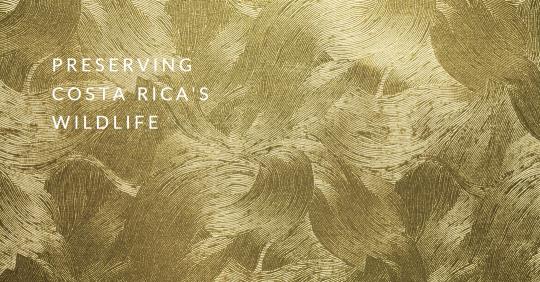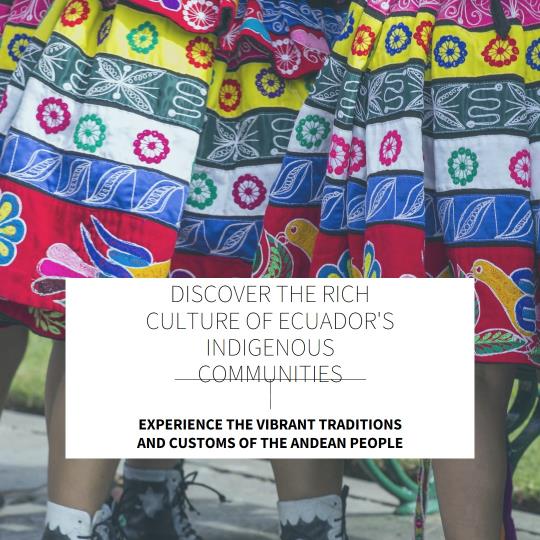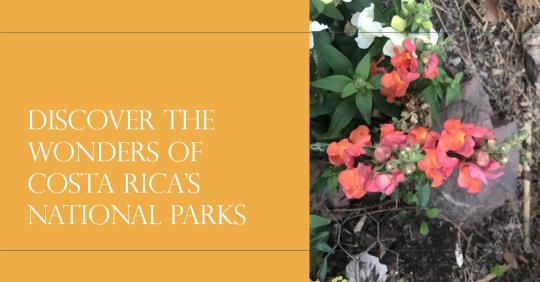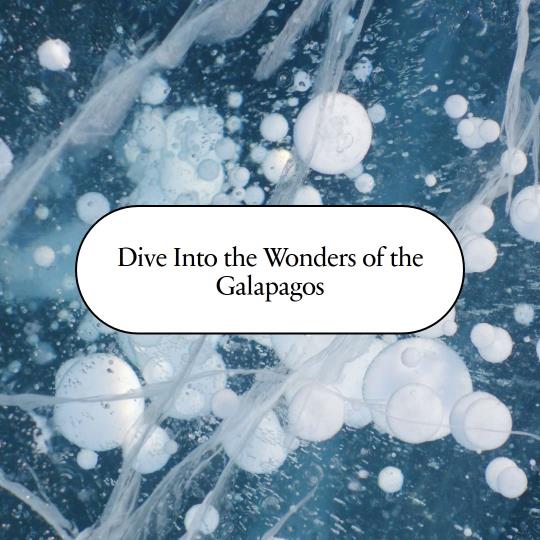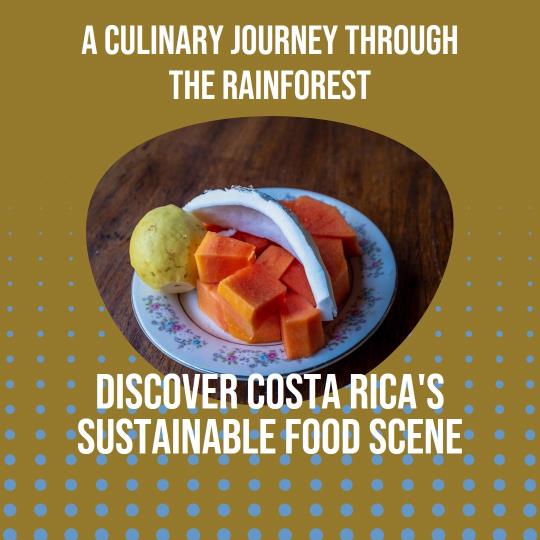Nyungwe Forest National Park
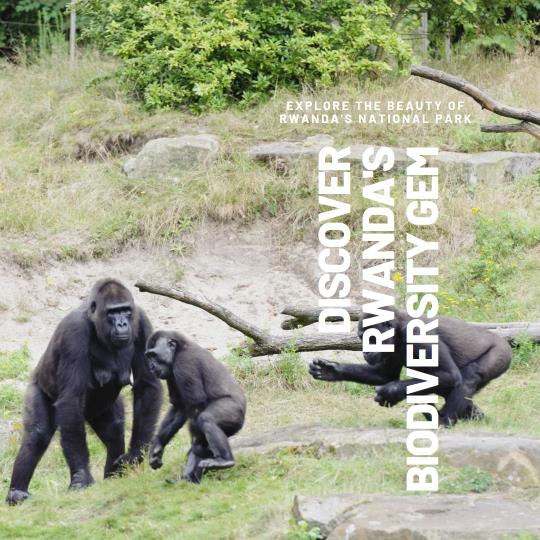
🌿 Rwanda’s Biodiversity Gem 🦋
Nestled in the heart of East Africa, Rwanda is renowned for its breathtaking landscapes, vibrant culture, and commitment to conservation. Among the nation’s natural treasures, Nyungwe Forest National Park stands out as a biodiversity gem, offering a sanctuary for countless species and a haven for eco-tourists. This article delves into the wonders of Nyungwe Forest, a place where lush greenery meets diverse wildlife, all in a lush forest setting. 🌳🐾
🌲 A Lush Haven for Flora and Fauna 🌺🐒
Nyungwe Forest National Park, covering an impressive 1,020 square kilometers, is a paradise for nature enthusiasts. Located in the southwestern part of Rwanda, this lush haven is a testament to the country’s dedication to preserving its natural heritage. Nyungwe’s dense forest canopy shelters a rich diversity of flora and fauna, making it one of the most important conservation areas in Central Africa.
Nyungwe is a haven for wildlife, and visitors can spot a variety of animals on guided hikes and chimpanzee tracking tours. Some of the most iconic species include:
- Chimpanzees: Nyungwe is home to a small population of chimpanzees, which can be tracked through the forest with the help of experienced guides.
- Ruwenzori black-and-white colobus: These striking monkeys are endemic to the Albertine Rift region and can be seen swinging through the trees in Nyungwe.
- L’Hoest’s monkeys: These monkeys are also endemic to the Albertine Rift and are known for their long tails and bright blue scrotum.
- Golden monkeys: These rare monkeys are only found in a few forests in Rwanda and Uganda, and Nyungwe is one of the best places to see them.
- Grey-cheeked mangabeys: These monkeys are common in Nyungwe and are known for their loud calls.
A Lush Rainforest 🌿
Nyungwe is a lush rainforest with a variety of habitats, including dense forest, bamboo groves, and swamps. Visitors can hike through the forest on well-maintained trails, or take a guided walk to learn more about the plants and animals. Some of the most popular hiking trails include:
- Isumo Waterfall Trail: This trail leads to a beautiful waterfall, perfect for a refreshing swim.
- Canopy Walkway: This suspension bridge offers stunning views of the forest canopy.
- Bigugu Swamp Trail: This trail leads to a swamp where visitors can see a variety of birds and other wildlife.
The forest’s remarkable plant diversity includes over 1,000 species, some of which are endemic to the region. Towering trees, orchids, and ferns create a tapestry of color and texture that enchants visitors and researchers alike. Among the most famous residents are the majestic mahoganies and the towering giant lobelias, which can reach staggering heights.
🦋 A World of Wonders: Nyungwe’s Diverse Wildlife 🦓🦉
Nyungwe Forest is not only a botanical wonderland but also a haven for diverse wildlife. The park is home to 13 species of primates, including chimpanzees, colobus monkeys, and mangabeys. These charismatic creatures swing through the treetops and delight visitors with their playful antics.
Birdwatchers will be thrilled to discover that Nyungwe boasts over 300 species of birds, making it a birding paradise. The forest’s canopy walkway offers a unique vantage point for spotting various avian species, including the rare and elusive Albertine Rift endemics.
🌍 An Ecotourism Haven 🌿🌏
Nyungwe Forest National Park has earned its place as a top destination for eco-tourism in Africa. Its well-maintained trails and knowledgeable guides make it accessible to visitors of all interests and fitness levels. Trekkers can embark on thrilling chimpanzee tracking adventures or opt for a more leisurely stroll along the forest’s serene trails.
One of the park’s highlights is the Canopy Walkway, a suspension bridge that offers breathtaking views of the forest canopy. This experience allows visitors to observe the park’s diverse birdlife and appreciate the beauty of Nyungwe from a unique perspective.
🌅 Conservation and Sustainability 🌱♻️
Rwanda’s commitment to conservation is evident in its efforts to protect Nyungwe Forest National Park. The park is not only a UNESCO World Heritage Site but also a critical component of the Central African Forest Ecosystem. Conservation initiatives aim to safeguard Nyungwe’s biodiversity and promote sustainable tourism that benefits local communities.
Local communities surrounding Nyungwe Forest are actively involved in its preservation through revenue-sharing programs and community-based tourism initiatives. By fostering a sense of stewardship and providing economic opportunities, these efforts contribute to the park’s long-term protection.
🌟 Visit Nyungwe: A Natural Marvel Awaits 🌟🌳
Nyungwe Forest National Park is a testament to Rwanda’s commitment to preserving its natural heritage and fostering sustainable tourism. Whether you’re a nature lover, a wildlife enthusiast, or simply seeking tranquility in a lush, green oasis, Nyungwe offers an unforgettable experience.
So, pack your bags and embark on a journey to Nyungwe, Rwanda’s biodiversity gem. Explore the enchanting forests, encounter captivating wildlife, and immerse yourself in the beauty of this remarkable national park. Nyungwe is not just a destination; it’s a promise of discovery and connection with the wonders of the natural world. 🌍🌿🦁
Why is Nyungwe Forest National Park important?
Nyungwe is an important ecosystem that provides a habitat for a variety of wildlife, including many endangered species. The park also plays an important role in regulating the water cycle and protecting against climate change.
How can I visit Nyungwe Forest National Park?
Nyungwe is located in southwestern Rwanda, about 2 hours from Kigali, the capital city. There are a number of tour operators that offer trips to Nyungwe, or you can arrange your own transportation and accommodation.
What activities are available in Nyungwe Forest National Park?
There are a variety of activities available in Nyungwe, including hiking, chimpanzee tracking, birdwatching, and cultural tours. The park also has a visitor center where you can learn more about the park and its wildlife.

